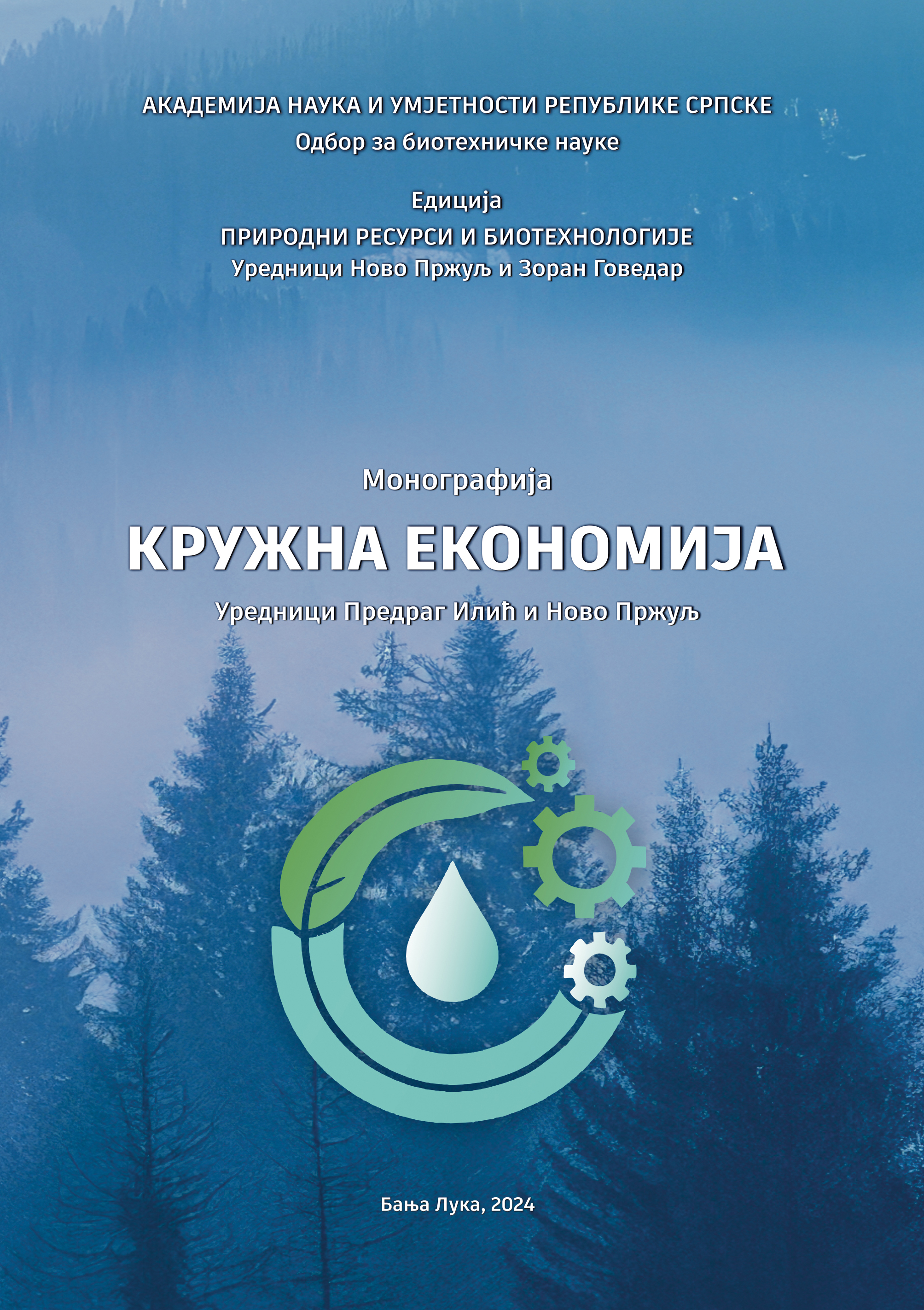Circular Economy: Advantages and Disadvantages
DOI:
https://doi.org/10.7251/PRB2401031MKeywords:
Circular Economy, Sustainable Development, BiomimicryAbstract
Although often presented as a revolutionary innovation, the circular economy is not a new idea. It is another reconciliation and compromise between economic and environmental problems expressed by the terms "sustainable growth", "green growth" and "sustainable development". The various strategies aimed at prolonging the use of resources gathered under the banner of the circular economy are not individually new, and if the concept offers any novelty, it is by offering a new framing of these strategies, as well as the possibility of connecting them. The circular economy is built on a heterogeneous collection of scientific and semi-scientific concepts, such as: ecological economy, industrial ecology, cradle-to-cradle design, blue economy, biomimicry, ecological efficiency, cleaner production, etc. Over a hundred definitions of circularity can be found in the literature, which means that the term means different things to different people. This could be because the concept and its application were almost exclusively developed and led by practitioners, i.e. policy makers, companies, business consultants, business associations, business foundations, etc. The result is a perception that the circular economy does not address the ontological and epistemological questions, such as what counts as ethical value, that underlie the complex and interconnected environmental, social and economic issues we face today. It's really easier to say what the circular economy isn't than to say what it is. The circular economy "is not a theory but a new approach to industrial production and consumption." Rather, it is a multiplicity, an umbrella concept that generates enthusiasm because it seemingly provides a new framework capable of solving many problems, but comes under increased scrutiny when attempts at operationalization surface unresolved questions about its definition. The variety of meanings given to the circular economy may explain the appeal of the term, but it also makes it difficult to know what it is really about. The main advantage of the circular economy is the optimal method of production in various industrial sectors: (1) It implies the lowest possible level of waste material that can no longer be recycled, (2) Each activity of the production process produces the smallest possible amount of waste for a specific activity. The key shortcomings of the circular economy are: (1) It is much more expensive to produce a long-lasting product than a larger quantity of equivalent disposable products,(2)- He does not pay attention to people as factors of production.
